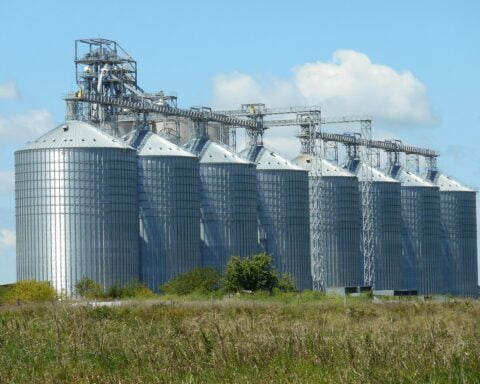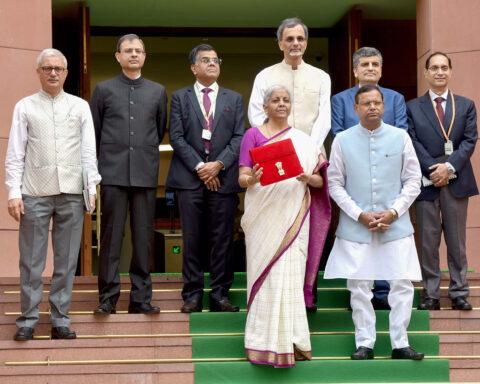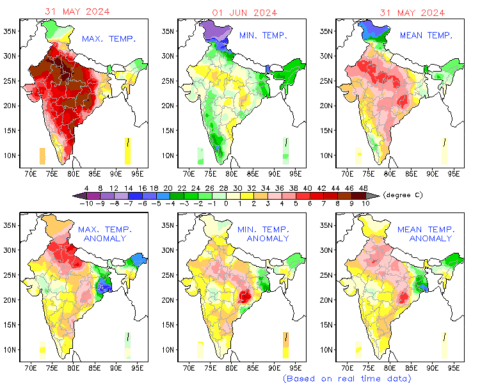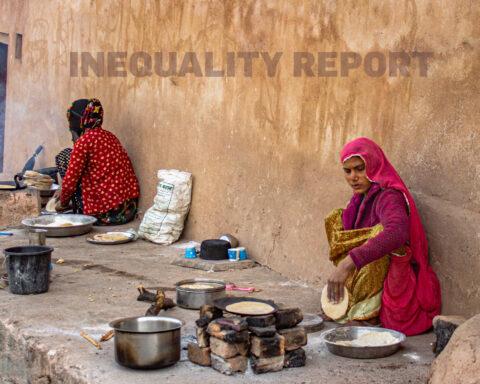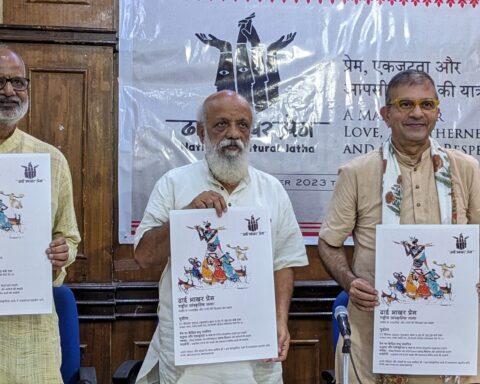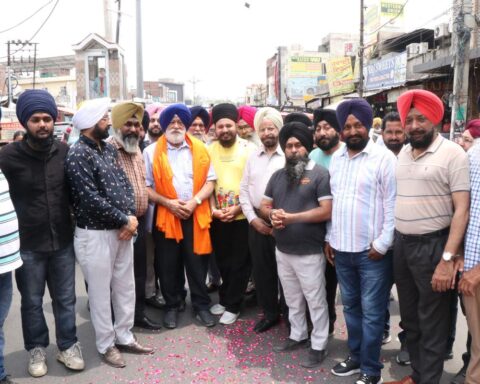In popular perception, growing more trees, burning less fossil fuels, and switching to renewable energy sources are the most widely understood ways of checking global warming and climate change. However, what is less obvious is the crucial role that cities will have to undertake if the world is to achieve net-zero levels of carbon emission.
The critical nature of this role emerges from the startling fact that though cities occupy just 2% of the world’s land, they are responsible for as much as 70% of greenhouse gas (GHG) emissions. At the same time, cities present environment-related planners and policymakers with a grave dilemma. On the one hand, cities are engines of economic growth; on the other, they are the biggest sources of carbon emission. In comparison, the transport sector, which attracts considerable ire, accounts for 23% of GHG emissions.
For economically advanced countries, cutting back on urban emissions will be tough due to high levels of urbanization, but it will be even more difficult for developing countries like India, which has to strike a fine balance between reducing GHG emissions in its rapidly growing urban centers and maintaining rates of economic growth high enough to lift people out of poverty. This dilemma was recognized in 2015 by the inclusion of Goal 11 in the 17 Sustainable Development Goals (SDGs) adopted by the UN. This goal aimed at building sustainable cities and communities as part of the 2030 Agenda that at the same time sought to end poverty, protect the planet, and improve the lives of “everyone, everywhere”.









